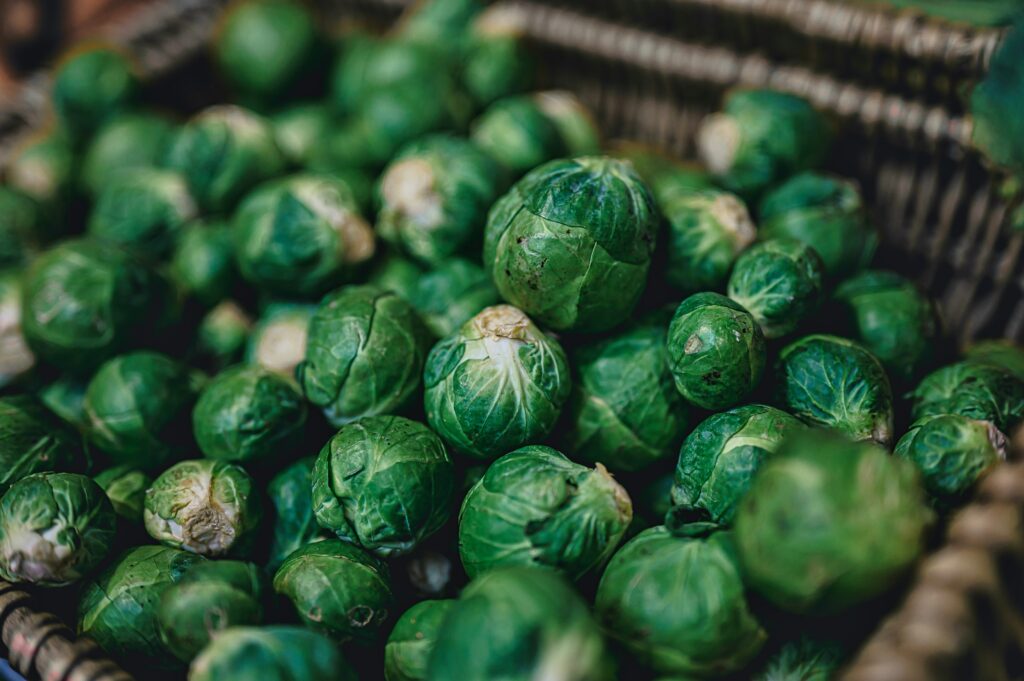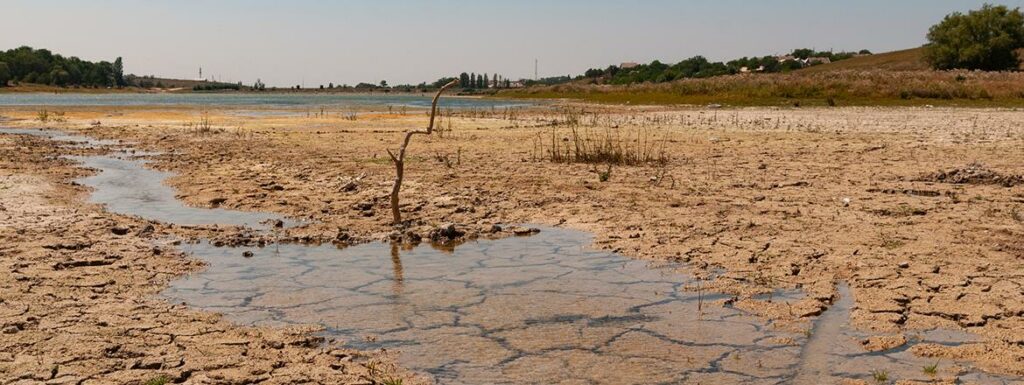From the CO2Science Archive: According to Soulé and Knapp (2019), the climate of central Oregon has become “warmer and drier during the western juniper growing season” over the past two decades (1998-2017). In particular, they note that “maximum temperatures in May-June were above the long-term (1905-2017) average during 70% of the years, averaging 0.64 degrees C above average during these decades.” What is more, they add that “June values of the Palmer Drought Severity Index (PDSI), which measures soil moisture based on precipitation and temperature conditions and is a primary determinant of radial growth for western juniper, averaged -0.92 (-1.0 is “abnormally dry”) for the 20-year period, and 45% of those years were in the “moderate drought” range (-2.0 to -2.9) or worse.” Consequently, climatic conditions have trended less favorable for growth of western juniper in recent years, leading the two researchers to question whether the growth-enhancing benefits of rising atmospheric CO2 remain operative on this species, or if increasing heat and aridity have overcome the positive effects of CO2 fertilization.
Paper reviewed: Soulé, P.T. and Knapp, P.A. 2019. Radial growth rate responses of western juniper (Juniperus occidentalis Hook.) to atmospheric and climatic changes: A longitudinal study from central Oregon, USA. Forests 10: 1127, doi:10.3390/f10121127.
In searching for an answer, Soulé and Knapp examined tree ring samples from mature western juniper (Juniperus occidentalis) trees at four sites in central Oregon that are largely free of confounding anthropogenic influences that include fire suppression, logging and grazing. The resultant chronology covered the years 1905-2017 and was subsequently examined for statistical relationships between climate (temperature and aridity) and atmospheric CO2 levels.
Describing their findings, Soulé and Knapp report that “despite a trend toward increasing aridity manifested through significant increases in maximum temperatures during the summer growing season, western juniper radial growth post-1960 exceeds growth pre-1960, especially during drought years.” In commenting on this counter-intuitive discovery, the two scientists write that “since the observed changes in climate have not been conducive for enhanced radial growth, a logical conclusion is that some other mechanism is allowing the trees to grow better during drought conditions in the later portion of the record.” And with regard to that mechanism, Soulé and Knapp say “in central Oregon, the most logical mechanism is that CO2 enrichment continues to increase the intrinsic water-use efficiency of western juniper, allowing the trees to grow at relatively faster rates during periods of drought in recent decades when compared to growth experienced during drought periods of the early 20th century.”
This amazing finding holds significant repercussions for the global carbon cycle. As the air’s CO2 concentration has risen, and will continue to rise, trees and plants are becoming better equipped to face the growth-retarding influences of aridity (caused by higher temperature or drought). And the likelihood that these growth-enhancing benefits are occurring on a global scale is evident in several studies conducted in recent years that show an overall greening of the planet due to rising levels of atmospheric CO2 (see the reviews CO2Science has posted in its Subject Index under the heading Biospheric Productivity (Global: The Recent Past)).



The entire premise of this research is wrong. We know a priori that trees make wonderful thermometers: the warmer it gets, the more they grow. We can measure their tree rings and make an infallible temperature chronology based on this established premise. Now you come along and try to tell me that warmer and dryer means LESS growth? Pfft!
Warmer conditions may increase metabolism and growth of plants, assuming other conditions are satisfactory for that particular species. Water in optimal amounts will aid growth but, depending on species, too wet or too dry will inhibit growth. Increases in CO2 concentration certainly increases photosynthesis and is pumped into greenhouses by some commercial growers.
Thylacine is far too simplistic to dismiss this research by "warmer and dryer means LESS growth". Plant growth is a far more complex process and subject to many factors.